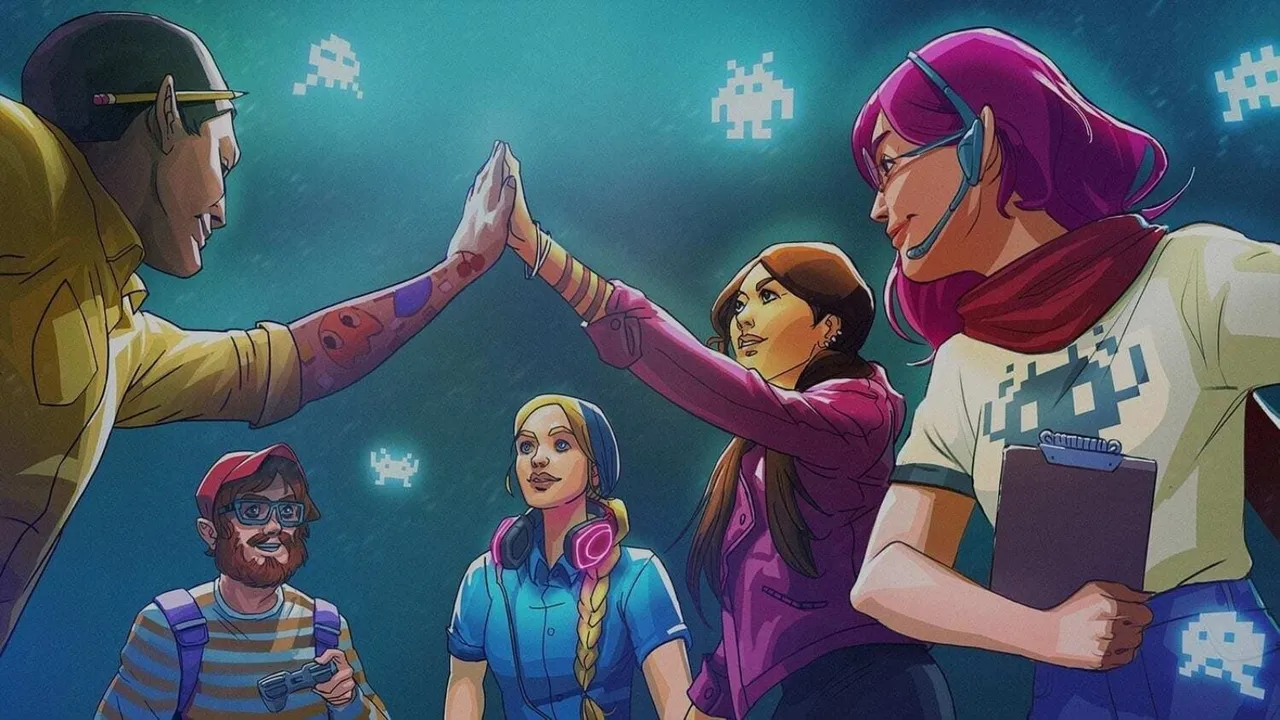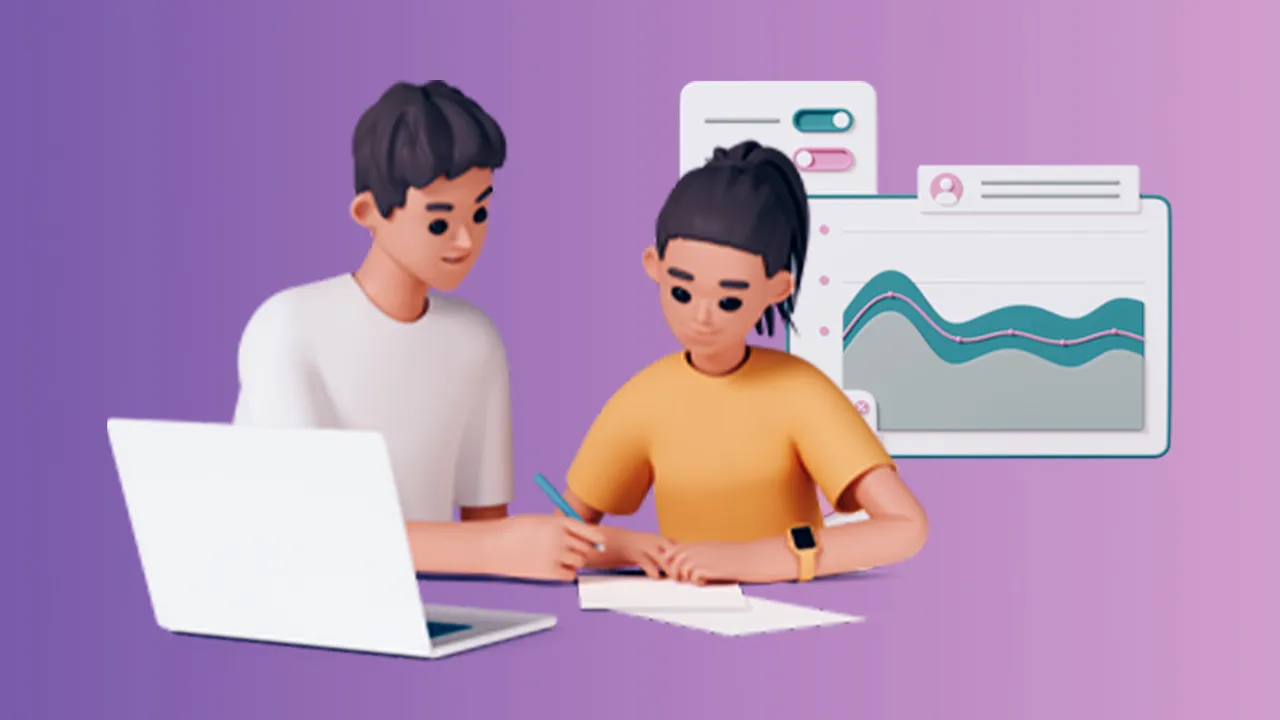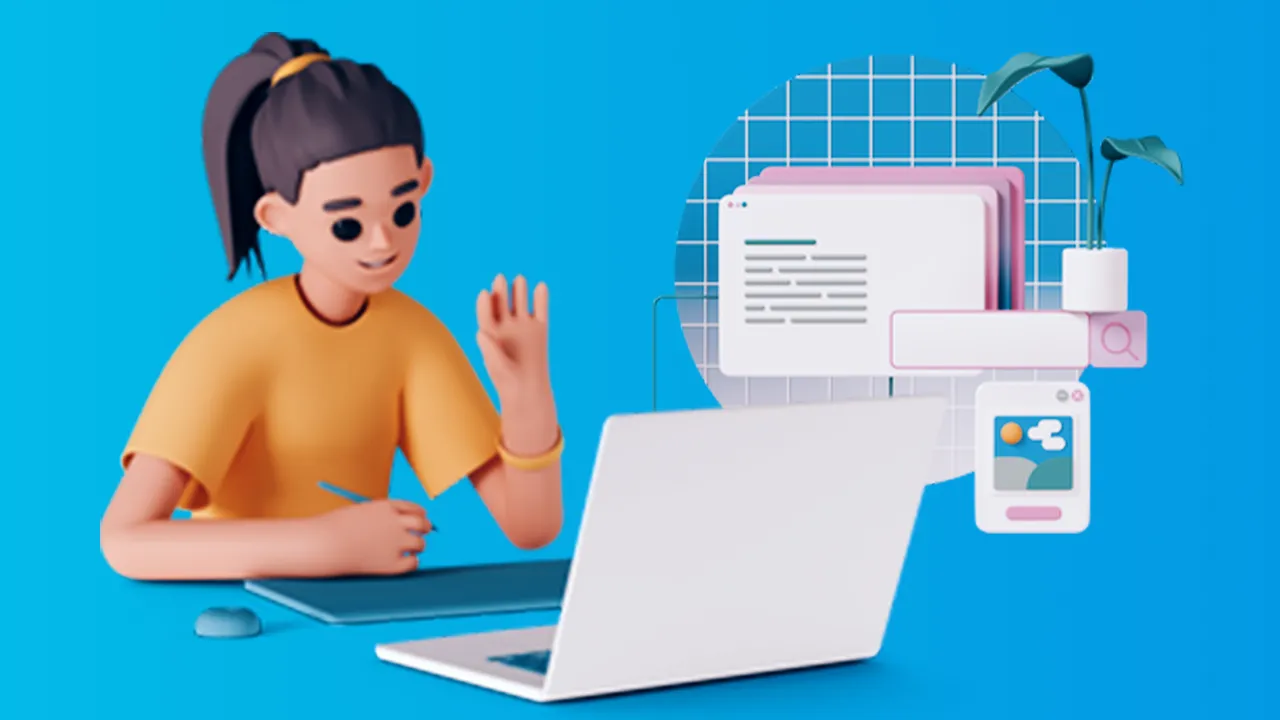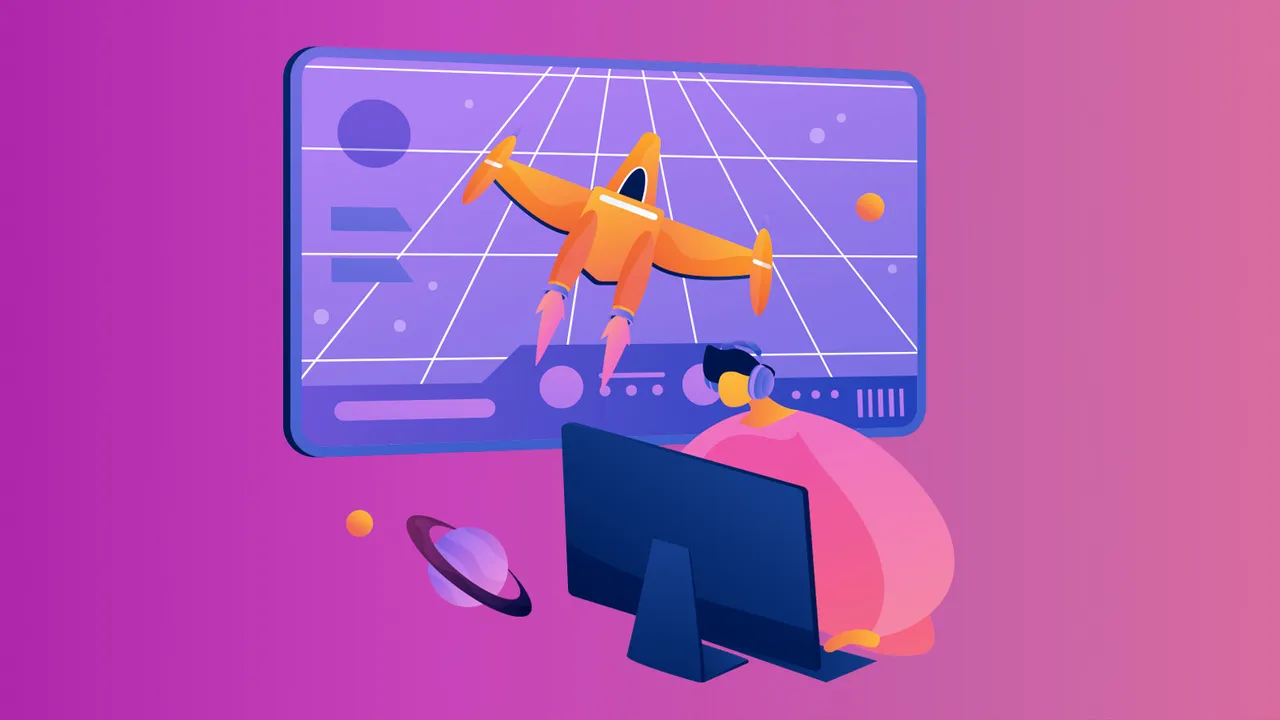2D Art & Animation Jobs in the Video Game Industry: The Ultimate Quick Guide
Introduction
The video game industry has experienced significant growth over the years, leading to an increased demand for talented artists and animators. 2D art and animation jobs play an essential role in creating the visuals and overall aesthetics of video games. This article will delve into the various 2D art and animation careers within the video game industry, the skills required, and how to get started.
The Role of 2D Artists and Animators in the Video Game Industry
2D artists and animators are responsible for creating the visual elements of a video game, from characters and environments to user interfaces and promotional materials. They work closely with game designers, programmers, and other team members to bring the game's vision to life. Some of the key roles in 2D art and animation include concept artists, character artists, background artists, and UI artists.
Different 2D Art and Animation Jobs in the Video Game Industry
Concept Artist: A concept artist is responsible for creating the visual foundation of a game by sketching and designing characters, environments, props, and other game elements. Their work helps guide the development team and ensures a cohesive visual direction.
Character Artist: Character artists focus on designing and creating the characters that populate the game world. They work closely with concept artists and animators to develop appealing characters with distinct personalities and visual styles.
Background Artist: A background artist specializes in creating the game's environments, settings, and landscapes. They develop visually rich and immersive worlds that complement the game's story and gameplay.
UI Artist: User Interface (UI) artists design the visual elements of a game's interface, such as menus, buttons, icons, and other on-screen graphics. They ensure that players can easily navigate and interact with the game.
Animator: Animators bring characters and objects to life by creating a series of images that simulate motion. They use their artistic and technical skills to create fluid, expressive animations that enhance the overall gaming experience.
Skills Required for 2D Art and Animation Jobs
Artistic Skills: A strong foundation in drawing, painting, and design is crucial for any 2D art and animation job. Proficiency in color theory, composition, and visual storytelling helps artists create engaging and visually appealing game assets.
Software Proficiency: Familiarity with industry-standard software such as Adobe Photoshop, Illustrator, and Animate is essential. For animators, expertise in programs like Spine or Toon Boom Harmony is also important.
Communication and Collaboration: As part of a multidisciplinary team, 2D artists and animators must be able to effectively communicate their ideas and work collaboratively with other team members.
Adaptability: The video game industry is constantly evolving, and artists must be willing to adapt to new techniques, tools, and workflows.
Time Management: Meeting deadlines is crucial in the fast-paced video game industry, so strong time management skills are essential.
Educational Background and Experience
While a formal education in art or animation can be beneficial, many game studios prioritize an artist's portfolio over their educational background. Aspiring artists should focus on building a strong portfolio showcasing their skills, creativity, and versatility. In addition to a solid portfolio, some experience in the industry can be helpful. Internships, freelance work, and personal projects are excellent ways to gain valuable experience and connections.
Networking and Job Hunting
Networking plays a crucial role in landing a job in the video game industry. Attend industry events, conferences, and workshops to meet professionals and make valuable connections. Join online forums, social media groups, and websites dedicated to game development to stay informed about job opportunities and industry trends.
Another effective way to job hunt is to regularly visit game studio websites and job boards like Hitmarker to find open positions. When applying for jobs, tailor your resume and cover letter to highlight relevant skills and experiences for each specific role.
Tips for Breaking into the 2D Art and Animation Industry
Develop a Strong Portfolio: Your portfolio is your most valuable asset when seeking a job in the video game industry. Include a diverse range of work that showcases your technical skills, creativity, and ability to adapt to different styles and genres.
Gain Experience: Pursue internships and freelance work on Hitmarker, or undertake personal projects to build your resume and gain real-world experience. Collaborating on game jams or indie projects can also help you develop your skills and make connections.
Stay Current: Keep up-to-date with industry trends, techniques, and tools by reading articles, watching tutorials, and participating in online discussions. Continuously improve your skills and expand your knowledge by taking courses, workshops, or attending industry events.
Network: Build relationships with other professionals in the industry by attending events, joining online forums, and engaging in social media groups. Networking can lead to job opportunities, collaborations, and valuable insights from industry veterans.
Be Persistent: Breaking into the video game industry can be challenging, but persistence is key. Apply to multiple job openings, learn from feedback, and continue improving your skills and portfolio.
Conclusion
2D art and animation jobs in the video game industry are diverse and exciting, offering numerous opportunities for creative individuals to contribute to the development of engaging and immersive gaming experiences. By building a strong portfolio, gaining experience via Hitmarker, networking, and staying current with industry trends, aspiring artists and animators can pave their way toward a successful career in this thriving industry.
-
 Landing a Summer Internship in the Video Game Industry: The Ultimate Quick Guide
Landing a Summer Internship in the Video Game Industry: The Ultimate Quick Guide -
 Entry-level Jobs in the Video Game Industry: The Ultimate Guide
Entry-level Jobs in the Video Game Industry: The Ultimate Guide -
 Junior-level Jobs in the Video Game Industry: The Ultimate Guide
Junior-level Jobs in the Video Game Industry: The Ultimate Guide -
 Intermediate-level Jobs in the Video Game Industry: The Ultimate Guide
Intermediate-level Jobs in the Video Game Industry: The Ultimate Guide -
 Senior-level Jobs in the Video Game Industry: The Ultimate Guide
Senior-level Jobs in the Video Game Industry: The Ultimate Guide -
 Getting into gaming: Strategies for landing your first game development job with Katherine Mould of Keywords Studios
Getting into gaming: Strategies for landing your first game development job with Katherine Mould of Keywords Studios -
 Art and Animation Jobs in the Video Game Industry: An Overview
Art and Animation Jobs in the Video Game Industry: An Overview -
 Business Operations Jobs in the Video Game Industry: An Overview
Business Operations Jobs in the Video Game Industry: An Overview -
 Communications and Marketing Jobs in the Video Game Industry: An Overview
Communications and Marketing Jobs in the Video Game Industry: An Overview -
 Content Creation Jobs in the Video Game Industry: An Overview
Content Creation Jobs in the Video Game Industry: An Overview -
 Game Design Jobs in the Video Game Industry: An Overview
Game Design Jobs in the Video Game Industry: An Overview -
 Game Development Jobs in the Video Game Industry: An Overview
Game Development Jobs in the Video Game Industry: An Overview